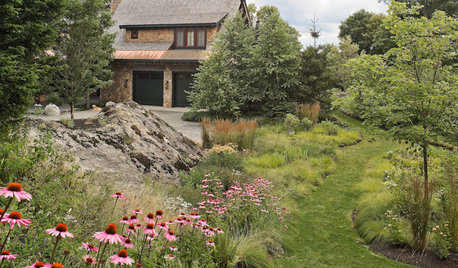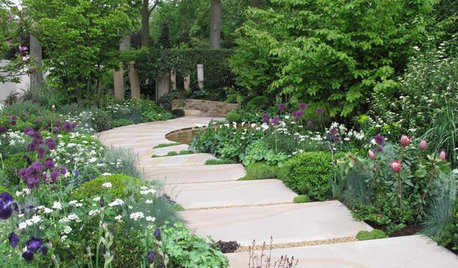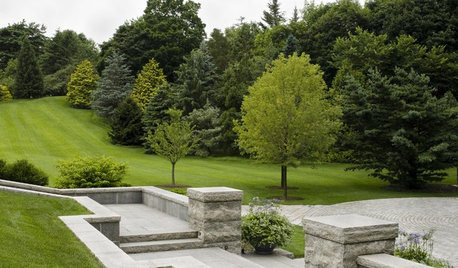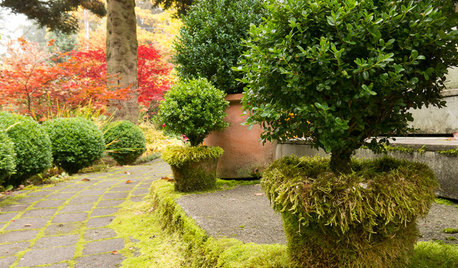This has stumped me (ornamenta/forage connection)
bklyndirt
18 years ago
Related Stories

LANDSCAPE DESIGNHow to Make Your Painted or Stained House Feel at Home in the Landscape
Use color and texture to create a pleasing connection between your house and garden
Full Story
GARDENING GUIDES13 Risks to Take for True Garden Rewards
Go ahead, be a rebel. Breaking rules in the garden can lead to more happiness, creativity and connection with the earth
Full Story
HOUZZ TOURSMy Houzz: Eclectic Elegance Distinguishes a Dallas Home
Global finds, family hand-me-downs and creative DIYs converge with ease in this Texas ranch house for a family
Full Story
HOUZZ TOURSHouzz Tour: Farmhouse Style With an Unusual Inspiration
Comfort and sophistication are no surprise inside this Colorado home, but the exterior has an unexpected backstory
Full Story
KITCHEN DESIGNHow to Set Up a Kitchen Work Triangle
Efficiently designing the path connecting your sink, range and refrigerator can save time and energy in the kitchen
Full Story
GARDENING AND LANDSCAPINGRoom of the Day: S’mores, a Swing and Fireside Chats on a Front Porch
Wanting to connect with neighbors, these homeowners looked to their front yard to create an outdoor living space
Full Story
GARDENING GUIDESGreat Outdoor Living Ideas From the 2015 Chelsea Flower Show
The London garden exhibition has winning design concepts to borrow for your own backyard spaces
Full Story
LIFEWhy We Want a House With a Great View
Research shows that just looking at nature has powerful mental benefits. Here's how to get a boost — with or without a million-dollar view
Full Story
LANDSCAPE DESIGNEvoke Mystery and History With Moss in the Garden
Go ahead, lie about age. Moss on garden statues, planters and pavers creates the beautifully deceptive look of time’s passing
Full Story
HOME OFFICESRoom of the Day: Easing Into a Home Office Update
A decorator revamps her husband’s workspace with favorite objects and furnishings he grows to love
Full StoryMore Discussions







donn_
Pudge 2b
Related Professionals
Finneytown Landscape Architects & Landscape Designers · Lewisville Landscape Contractors · Longview Landscape Contractors · Mendota Heights Landscape Contractors · Norwalk Landscape Contractors · Wilsonville Landscape Contractors · Yukon Landscape Contractors · Camp Springs Landscape Contractors · Payson Solar Energy Systems · Athens General Contractors · Buena Park General Contractors · Cedar Hill General Contractors · Northfield General Contractors · Tamarac General Contractors · Tuckahoe General Contractorsleftwood
bklyndirtOriginal Author